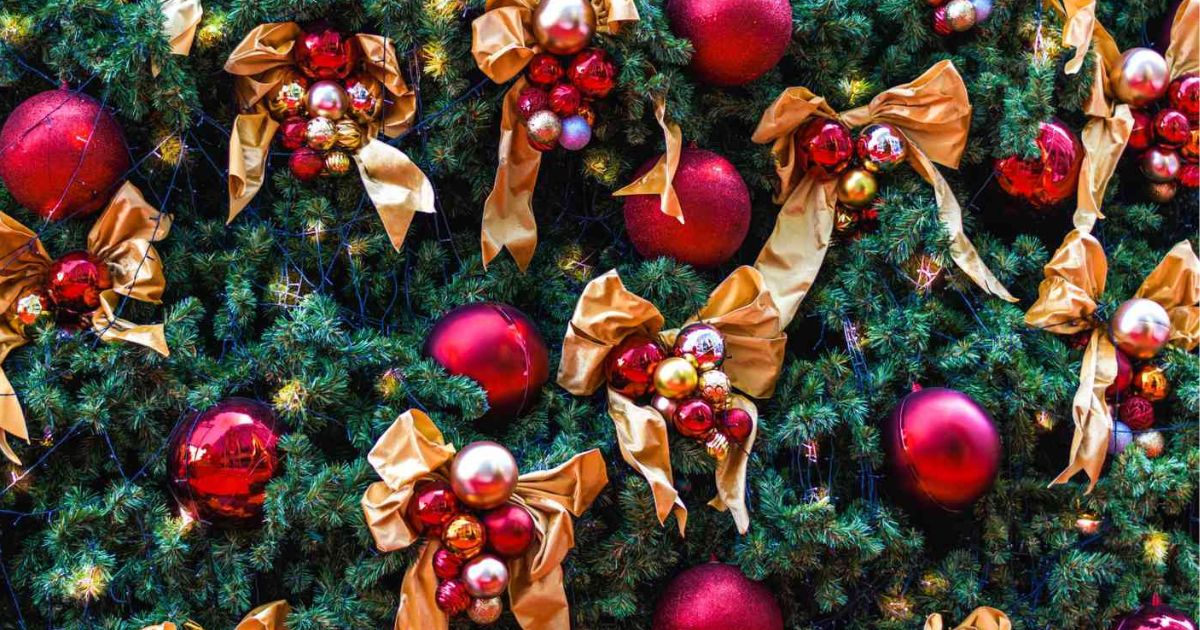The Psychology Behind Christmas Light Colors and Patterns
Christmas lights, a festive staple, illuminate homes and streets in Mansfield, TX, creating a warm and inviting atmosphere. The colors and patterns of these lights do more than just decorate; they evoke emotions and memories. Red, green, blue, and white are predominant colors, each carrying its own psychological significance. Red symbolizes passion and energy, igniting feelings of excitement and warmth, while green represents renewal and life, offering a calming effect and connecting us to nature.
The interplay of these colors during Christmas light installation in Mansfield, TX, fosters a unique holiday ambiance. The brightness and saturation of these lights can influence mood, with brighter lights often inducing more intense emotional responses. Patterns, too, play a role, with rhythmic and repetitive designs creating a sense of order and harmony, soothing the mind and bringing about feelings of peace and joy.
Moreover, the combination of colors and patterns can enhance the festive spirit. For instance, twinkling lights mimic the starry night sky, evoking wonder and nostalgia, while steady lights provide a sense of stability and tranquility. These elements together contribute to the overall experience of Christmas, making it a deeply emotional and psychologically impactful time of year.
Psychological Impact of Christmas Light Patterns
The patterns in which Christmas lights are arranged can significantly affect psychological well-being. Dynamic patterns, such as flashing or chasing lights, can stimulate excitement and joy, capturing the essence of holiday festivities. On the other hand, static patterns provide a sense of calmness and stability, offering a respite from the fast-paced nature of the season.
In Mansfield, TX, Christmas light installation professionals often consider the psychological effects of light patterns to enhance the holiday experience. A well-thought-out display can create a narrative or theme, leading observers on a visual journey that stirs emotions and captures the imagination. For example, a display mimicking falling snow can evoke a sense of peace and serenity, transporting viewers to a winter wonderland.
The arrangement and flow of lights also play a crucial role in their psychological impact. Linear patterns can lead the eye in a certain direction, promoting a sense of order and predictability, while circular patterns can represent unity and continuity. The choice of pattern can thus influence the emotional and psychological experience of the viewer, making the design of Christmas light installations a critical aspect of holiday decorating.
Color Psychology in Christmas Lighting
Color psychology is a key element in understanding the impact of Christmas lights. Each color evokes different emotions and reactions. For instance, blue lights can create a feeling of calmness and tranquility, reflecting the serenity of the winter season. Yellow lights, often associated with stars and candlelight, can evoke feelings of warmth and comfort, reminiscent of cozy indoor gatherings.
In Mansfield, TX, Christmas light installation services often use a mix of colors to create a balanced and harmonious display. The use of warm and cool colors together can produce a visually appealing and emotionally balanced effect. For example, combining cool blue lights with warm red or yellow lights can create a sense of excitement and warmth, perfectly embodying the festive spirit.
Furthermore, the intensity and hue of the colors used in Christmas lights can influence the ambiance of a space. Soft, warm lights can make an area feel intimate and cozy, while bright, cool lights can make it feel energetic and lively. The choice of color in Christmas light displays thus plays a crucial role in shaping the emotional and psychological atmosphere of holiday celebrations.
Influence of Light Intensity and Saturation
The intensity and saturation of Christmas lights significantly affect the emotional ambiance of holiday settings. Bright, highly saturated lights can energize and invigorate the atmosphere, sparking feelings of joy and festivity. In contrast, softer and less saturated lights tend to create a more relaxed and calming environment, ideal for intimate gatherings or contemplative moments.
In Mansfield, TX, where Christmas light installation is taken seriously, the manipulation of light intensity and saturation is used to craft the desired emotional response. For example, a brightly lit display with vibrant colors can attract attention and stimulate excitement, making it a focal point of holiday celebrations. Conversely, a display with muted colors and gentle illumination can provide a backdrop for peaceful and reflective moments.
The strategic use of light intensity and saturation can also influence mood and behavior. Brighter lights may encourage social interaction and activity, while softer lights can promote relaxation and conversation. This dynamic allows for the creation of varied experiences within different spaces, enhancing the overall enjoyment of the holiday season.
Symbolic Meanings and Traditions in Light Displays
Christmas lights carry symbolic meanings and are deeply rooted in tradition. The use of specific colors and patterns can convey different messages and evoke a sense of history and continuity. For example, white lights are often associated with purity and peace, reflecting the winter snow and the peaceful nature of the holiday season.
In Mansfield, TX, Christmas light installations may incorporate traditional motifs, such as stars, angels, or nativity scenes, each adding layers of meaning and contributing to the storytelling aspect of the display. These symbols resonate with cultural and personal memories, strengthening the emotional impact of the lights.
The tradition of lighting up homes and communities during Christmas time serves as a reminder of the joy and warmth of the season. It fosters a sense of belonging and connection, as people come together to share in the beauty and spectacle of the light displays. This communal experience is a powerful aspect of the psychology behind Christmas lights, reinforcing bonds and creating shared memories.





